News
-
 Archaeology
ArchaeologyDNA from 5,700-year-old ‘gum’ shows what one ancient woman may have looked like
From chewed birch pitch, scientists recovered DNA from an ancient woman and her mouth microbes and hazelnut and duck DNA from a meal she’d consumed.
By Sofie Bates -
 Earth
EarthClimate change may be why birds are migrating earlier across the United States
Birds are migrating earlier in recent decades in the United States, which could disrupt feeding or nesting cycles.
By Sofie Bates -
 Neuroscience
NeuroscienceMice watching film noir show the surprising complexity of vision cells
Only about 10 percent of mice’s vision cells behaved as researchers expected they would, a study finds.
-
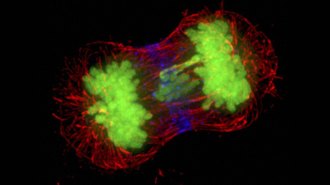 Health & Medicine
Health & MedicineSurplus chromosomes may fuel tumor growth in some cancers
Extra copies of some genes on excess chromosomes may keep cancer cells growing. Without those extras, cancer cells form fewer tumors in mice.
-
 Space
SpaceNASA’s OSIRIS-REx must avoid ‘Mount Doom’ to return a sample of the asteroid Bennu
The OSIRIS-REx spacecraft finally has a target spot for sample collection, called Nightingale, on the asteroid Bennu.
-
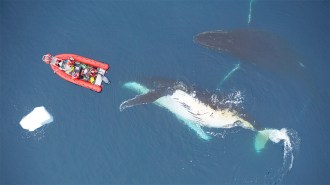 Animals
AnimalsWhy some whales are giants and others are just big
Being big helps whales access more food. But how big a whale can get is influenced by whether it hunts for individual prey or filter-feeds.
-
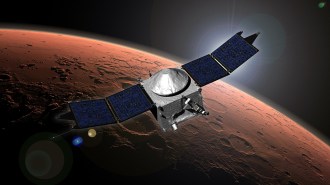 Space
SpaceNASA’s MAVEN probe shows how wind circulates in Mars’ upper atmosphere
By using the MAVEN spacecraft to track winds in the Martian thermosphere, researchers hope to better understand how the atmosphere leaks into space.
-
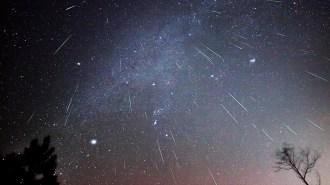 Space
SpaceNASA’s Parker probe has spotted the Geminid meteor showers’ source
For the first time, we’ve spotted the trail of space debris responsible for the Geminid meteor shower.
-
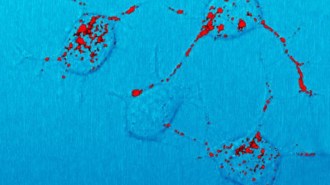 Life
LifePrions clog cell traffic in brains with neurodegenerative diseases
Prions may derail cargo moving inside brain cells, perhaps contributing to cell death in prion diseases.
-
 Earth
EarthFlooding Earth’s atmosphere with oxygen may not have needed a triggering event
Building an oxygen-rich world doesn’t require volcanism, supercontinent breakups or the rise of land plants — just nutrient cycling, a study finds.
-
 Quantum Physics
Quantum PhysicsQuantum jitter lets heat travel across a vacuum
In a first, scientists observed tiny, vibrating membranes exchanging heat due to quantum fluctuations.
-
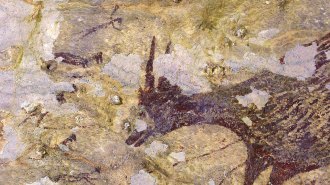 Archaeology
ArchaeologyA nearly 44,000-year-old hunting scene is the oldest known storytelling art
Cave art in Indonesia dating to at least 43,900 years ago is the earliest known storytelling art, and shows otherworldly human-animal hunters.
By Bruce Bower